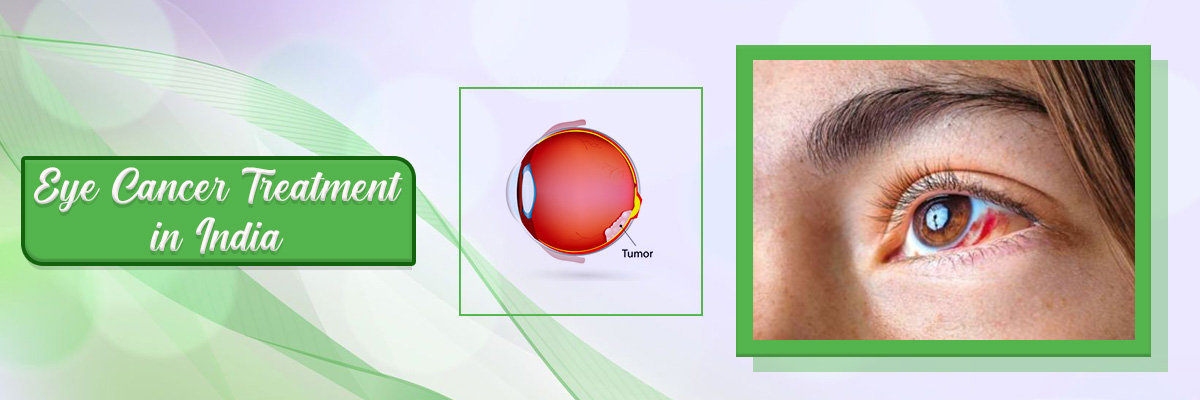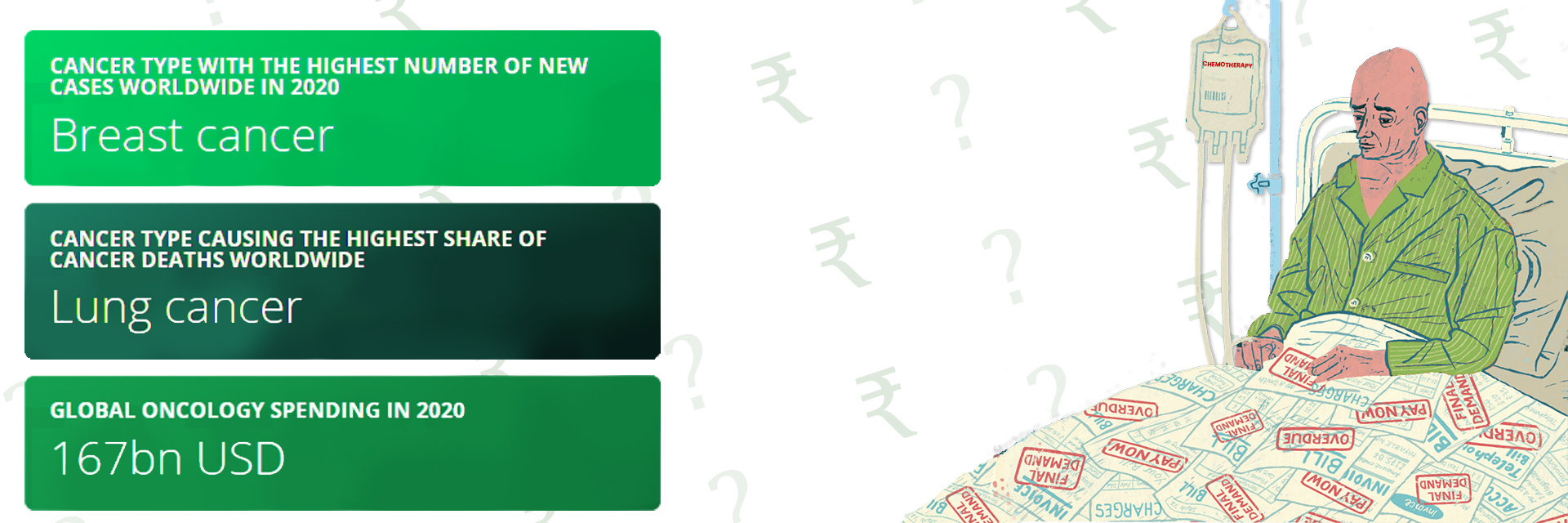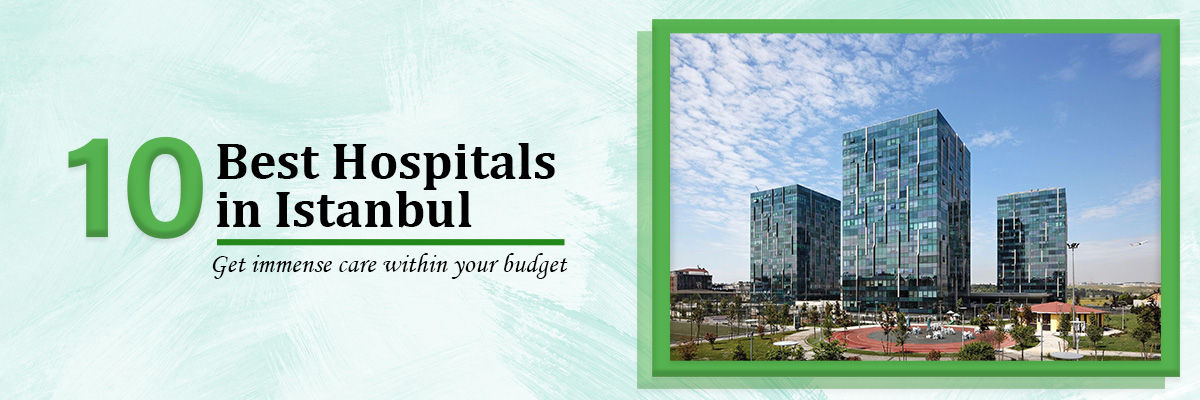Overview
Welcome to a deep dive into the intricate relationship between cancer and nutrition. As we navigate through the complexities of this topic, it’s essential to ground our discussion in recent global data. In 2022, the world witnessed an estimated 20 million new cancer cases and 9.7 million cancer-related deaths. This staggering statistic highlights the urgency of understanding how nutrition plays a pivotal role in developing and preventing cancer.
Nutrition is not just about sustenance; it’s a cornerstone of health that can significantly influence cancer risk. Research indicates that dietary choices are strongly correlated with cancer incidence.
What we eat can help us fight it! Studies show that making wise food choices could prevent many cancer cases – up to 30-40%!
Certain foods and nutrients either worsen or mitigate the risk. For instance, high consumption of processed meats has been linked to an increased likelihood of colorectal cancer, while diets rich in fruits, vegetables, and whole grains are associated with a lower risk. The global burden of cancer is growing, and with it, there is a need for comprehensive strategies that include nutritional interventions.
As we explore this topic, we’ll delve into the latest findings and examine the role of diet in cancer progression. We will discover how simple changes in our eating can be powerful tools against this pervasive disease. You can take charge of your health by picking the right foods.
Let's make small changes in our diet today to protect ourselves from cancer tomorrow.
How does diet affect cancer risk?
Your body relies on the right nutrients, much like a machine needs the right fuel. Filling your plate with fruits, vegetables, and whole grains can help strengthen your body's fight against cancer.
Eating too much-processed food, red meat, or sugary drinks can contribute to cancer growth. It's about making informed choices to support your health and well-being.
- Poor nutrition is associated with an increased risk of various health conditions, including obesity, heart disease, type 2 diabetes, and certain cancers. Poor diet can lead to the production of harmful compounds like methylglyoxal. It may stop cancer-preventing genes, thereby increasing cancer risk.
- Malnutrition can negatively impact the efficacy of cancer treatment. Making it crucial for patients to maintain a balanced diet during therapy
Key dietary factors linked to cancer prevention:
- Fruits and Vegetables: these are packed with vitamins, minerals, and antioxidants that fight off cancer-causing agents.
- Fiber-rich Foods: Foods like whole grains, beans, and lentils keep your digestive system healthy and lower the risk of certain cancers, like colorectal cancer.
- Healthy Fats: Swap out saturated and trans fats in fried foods and processed snacks for healthier fats like nuts, seeds, and olive oil. They can reduce inflammation and protect against cancer.
- Limiting Red Meat and Processed Foods: Too much of these can increase the risk of cancer, especially colorectal cancer. Opt for lean proteins like fish, poultry, and plant-based alternatives more often.
Tips for maintaining a healthy diet to reduce cancer risk:
Let's focus on nutrition as a crucial part of our cancer treatment journey to optimize health and well-being.
Contact us for personalized guidance on nutrition during cancer treatment
Importance of nutrition during cancer treatment
During cancer treatment, your body needs extra help to fight the disease and handle the side effects of therapy. Good food gives your body the energy and nutrients it needs to stay strong and keep your immune system strong. Eating well can also make you feel better and help you cope with treatment easier.
Common nutritional challenges faced by cancer patients:
When you're undergoing cancer treatment, you might face challenges like:
- Appetite Loss: Nausea, changes in taste, and mouth sores can make eating tough.
- Weight Loss: Some treatments can make you lose weight or muscle, slowing your recovery.
- Nutrient Deficiencies: Certain treatments might stop your body from absorbing nutrients well, leading to deficiencies.
- Dehydration: Nausea, vomiting, and diarrhea can make you lose fluids fast, so it's crucial to stay hydrated.
Strategies for managing side effects and maintaining adequate nutrition
- Eat Smaller, More Frequent Meals: Small meals more often can help with nausea and prevent feeling too full.
- Choose Nutrient-Rich Foods: Opt for foods packed with nutrients like lean proteins, whole grains, fruits, and vegetables to get the most out of your meals.
- Stay Hydrated: Drink water, herbal teas, or clear broths regularly throughout the day to prevent dehydration.
- Adjust for Taste Changes: Experiment with different flavors and textures, and try using herbs and spices to make your food more enjoyable.
- Get Professional Help: Work with a dietitian who knows about cancer to create a personalized nutrition plan that fits your needs.
Foods That Fight Cancer:
Did you know that some foods have special powers to help your body fight cancer? Let's explore these superfoods!
A well-balanced diet is paramount for cancer prevention. The WHO suggests that 30–50% of cancers can be prevented by avoiding risk factors and implementing evidence-based prevention strategies, including dietary recommendations.
Overview of cancer-fighting foods and nutrients
Certain foods contain nutrients and compounds that can help lower cancer risk or slow its growth.
These include
- antioxidants,
- fiber, vitamins,
- and minerals
Examples of foods with anti-cancer properties:
- Berries: Blueberries, strawberries, raspberries, and blackberries contain antioxidants that protect cells from damage.
- Cruciferous Vegetables: Broccoli, cauliflower, cabbage, and sprouts contain sulfur compounds that may help fight cancer.
- Leafy Greens: Spinach, kale, and Swiss chard contain vitamins, minerals, and antioxidants that support health.
- Tomatoes: Rich in lycopene, tomatoes are linked to a lower risk of certain cancers, like prostate cancer.
- Garlic: This tasty herb contains compounds that may reduce the risk of stomach and colorectal cancers.
- Stay Colorful: Aim to include a variety of colorful fruits and vegetables in your meals to maximize nutrient intake.
Contact us to learn more about incorporating cancer-fighting foods into your diet.
Creating a Supportive Environment
Navigating cancer treatment can be challenging, but having a strong support network can make all the difference.
Let's explore how to create a supportive environment for cancer patients.
Importance of support networks during cancer treatment:
Support from friends, family, and healthcare professionals is crucial during cancer treatment. It provides emotional encouragement and helps reduce feelings of isolation. Knowing you're not alone can give you strength and hope during tough times.
Tips for caregivers and loved ones to support cancer patients' nutritional needs:
- Encourage and Listen: Offer encouragement and a listening ear. Ask how you can help with meal preparation or grocery shopping.
- Provide Nutrient-rich Meals: Prepare or help choose meals that are appetizing, nutritious, and easy to digest.
- Stay Flexible: Understand that taste preferences and appetite may change during treatment. Be flexible and adapt meal plans.
- Gentle Reminders: Eating and staying hydrated can be helpful, especially when fatigue or other symptoms make it challenging.
- Seek Professional Advice: Consult a dietitian for personalized nutrition recommendations and guidance.
Reach outto an expert today to explore the support networks and resources available for those suffering with cancer
Conclusion
We've covered the crucial role of nutrition in the cancer journey. From understanding cancer's development to the power of cancer-fighting foods:
- Nutrition plays a vital role in cancer prevention, treatment, and well-being.
- Let's focus on nutrition, seek support, and stay informed to navigate the cancer journey.
FAQs
Does sugar feed cancer?
There's no direct evidence that sugar causes cancer to grow faster, but it's still best to limit added sugars for health.
Should I avoid all processed foods?
While limiting processed foods high in sugar, salt, and unhealthy fats is wise, not all processed foods are harmful.
Is organic food better for preventing cancer?
Organic foods may reduce pesticide exposure, but there's limited evidence they lower cancer risk compared to grown produce.
Can alcohol increase cancer risk?
Yes, excessive alcohol consumption is linked to an increased risk of certain cancers, including liver cancer.
References:
Cancer: Scientists find why poor diet increases risk (medicalnewstoday.com)






